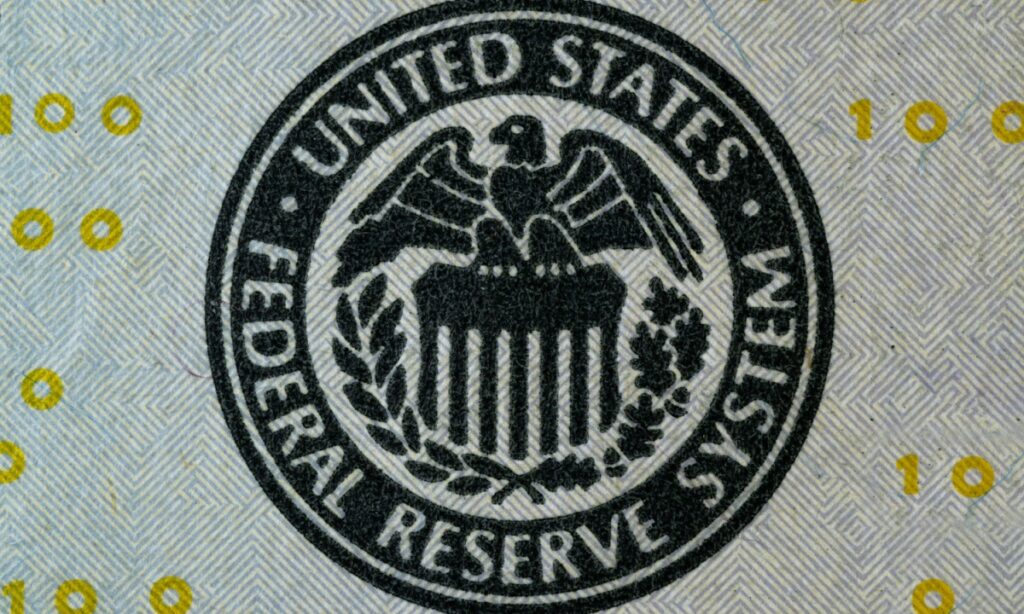The largest banks in the United States, including Bank of America, Citigroup, Goldman Sachs, JPMorgan Chase & Co., Morgan Stanley, and Wells Fargo, have increased their dividends following successful outcomes in the Federal Reserve’s annual stress tests. This move, reported by Bloomberg on July 1, underscores the financial robustness of these institutions amidst hypothetical crisis scenarios.
All 22 banks examined by the Federal Reserve passed the rigorous stress tests conducted last week. These tests are designed to evaluate whether banks have sufficient capital to endure severe economic downturns. The results play a crucial role in determining the extent to which banks can return capital to shareholders through dividends and stock buybacks.
Federal Reserve’s Confidence in Banking Sector
The Federal Reserve announced the stress test results on June 27, highlighting that large banks are well-prepared to “weather a severe recession” while maintaining their minimum capital requirements. This assurance comes as a relief to markets, reflecting the resilience of the banking sector in facing potential economic challenges.
“Large banks remain well capitalized and resilient to a range of severe outcomes,” stated Michelle W. Bowman, Federal Reserve Vice Chair for Supervision, in the official press release.
Proposed Changes to Stress Test Calculations
In a bid to enhance the stability of capital requirements, the Federal Reserve proposed a rule in April to average stress test results over two consecutive years. This approach aims to mitigate the volatility often associated with annual stress test outcomes. The board plans to release models and solicit public feedback later this year before finalizing the rule.
“One way to address the excessive volatility in the stress test results and corresponding capital requirements is for the Board to finalize the proposal that would average two consecutive years of stress test results,” Bowman emphasized in the release.
Adjustments to Leverage Ratio Requirements
In another significant development, the Federal Reserve is moving forward with a proposal to adjust the “enhanced supplementary leverage ratio.” This ratio determines the amount of capital banks must hold against low-risk assets. The proposed reform will link required capital reserves to the banks’ global financial system roles, basing it on half of their “GSIB Surcharge” instead of a flat percentage across all assets.
This change reflects a shift towards a more tailored approach in regulatory requirements, aligning capital reserves with the specific risk profiles and global significance of each bank.
Implications for the Banking Sector
The increase in dividends by major banks signifies confidence in their financial health and stability. It also suggests a positive outlook for shareholders who stand to benefit from enhanced returns. However, these developments occur in a broader context of ongoing regulatory adjustments aimed at ensuring the long-term resilience of the financial system.
As the Federal Reserve continues to refine its regulatory framework, banks may need to adapt to evolving requirements. The proposed changes to stress test calculations and leverage ratios indicate a regulatory environment that is both responsive and anticipatory of future economic conditions.
Looking ahead, banks will likely focus on maintaining strong capital positions while navigating the complexities of regulatory compliance. The Federal Reserve’s forthcoming public consultations and rule finalizations will be closely watched by industry stakeholders as they seek to balance growth with stability.
Overall, the successful stress test results and subsequent dividend increases highlight the robustness of the U.S. banking sector, setting a positive tone for the financial markets and reinforcing confidence in the nation’s economic resilience.
About The Author
 Red Panda’s Unicycle Mishap Stuns WNBA Fans During Halftime Show
Red Panda’s Unicycle Mishap Stuns WNBA Fans During Halftime Show Idaho Murder Case: Bryan Kohberger’s Controversial Plea Deal Faces Judicial Scrutiny
Idaho Murder Case: Bryan Kohberger’s Controversial Plea Deal Faces Judicial Scrutiny Pentagon Halts Some Munitions Shipments to Ukraine Amid Strategic Review
Pentagon Halts Some Munitions Shipments to Ukraine Amid Strategic Review Over-the-Counter Glucose Monitors: Who Truly Benefits?
Over-the-Counter Glucose Monitors: Who Truly Benefits? US Halts Key Munitions Shipments to Ukraine Amid Military Spending Review
US Halts Key Munitions Shipments to Ukraine Amid Military Spending Review